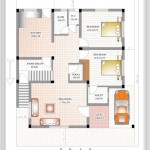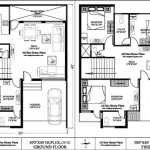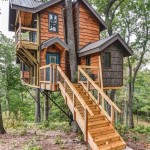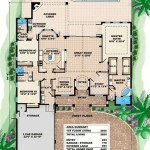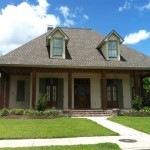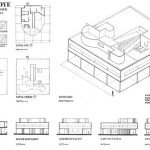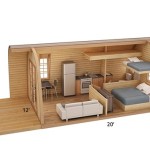Building a House on Sloped Land: Essential Considerations
Constructing a house on sloped land presents unique challenges and opportunities. Embracing the site's natural topography can enhance a home's aesthetics and functionality. Here are the essential aspects to consider when building on a slope:
1. Structural Design
Sloped terrain requires careful structural design to ensure stability and prevent sliding or erosion. The foundation needs to be designed to accommodate the slope and withstand the weight of the house. Retaining walls or terraces may be necessary to stabilize the soil and create level areas for construction.
2. Drainage
Effective drainage is crucial to prevent water damage and soil erosion. Proper grading and drainage systems, such as gutters, downspouts, and French drains, should be installed to channel rainwater away from the house.
3. Accessibility
Consider how you will access the house and property from different levels. Stairs, ramps, or elevators may be necessary to navigate the slope. Ensure that the design meets accessibility standards and provides safe and convenient access for all residents.
4. Site Preparation
Adequate site preparation is essential before construction can begin. Excavation and grading may be required to create a suitable base for the house. Soil stabilization techniques, such as geogrids or soil nails, may be necessary to prevent erosion.
5. Landscaping
Thoughtful landscaping can complement the sloped terrain and enhance the home's aesthetic appeal. Use plants that are adapted to sloped conditions and help stabilize the soil. Consider installing rock gardens, terraced beds, or retaining walls to create visually appealing and functional outdoor spaces.
6. Energy Efficiency
Sloped land can offer opportunities for energy-efficient design. The house can be positioned to take advantage of natural sunlight and passive solar heating. Building into the hillside can also provide insulation and reduce energy consumption.
7. Building Costs
Building on a slope can increase construction costs due to the additional engineering and structural requirements. The cost of excavation, drainage systems, and site preparation can be higher than on flat land. It is important to factor these costs into the overall budget.
Conclusion
Building on sloped land requires careful planning and execution to ensure a safe, stable, and functional home. By considering the essential aspects discussed above, you can create a beautiful and sustainable house that harmoniously integrates with its natural surroundings.

Sloped Lot House Plans With Walkout Basements At Dream Home Source Unique Modern Architecture

Pin By Adriana Claudiodasilva On DecoraÇÃo Sloping Lot House Plan Slope Modern Plans

Hillside And Sloped Lot House Plans

Hillside And Sloped Lot House Plans

49 Homes For Sloping Land Ideas House Plans Bedroom

Building A House On Slope Read This First Houzz

Building On A Sloping Block Everything You Need To Know

Things You Need To Know Before Sloping Land Homes By Howe

Home Designs For Sloping Blocks Mark Lawler Architects

Sloping Block Builders Hedger Constructions Melbourne Regional Vic

